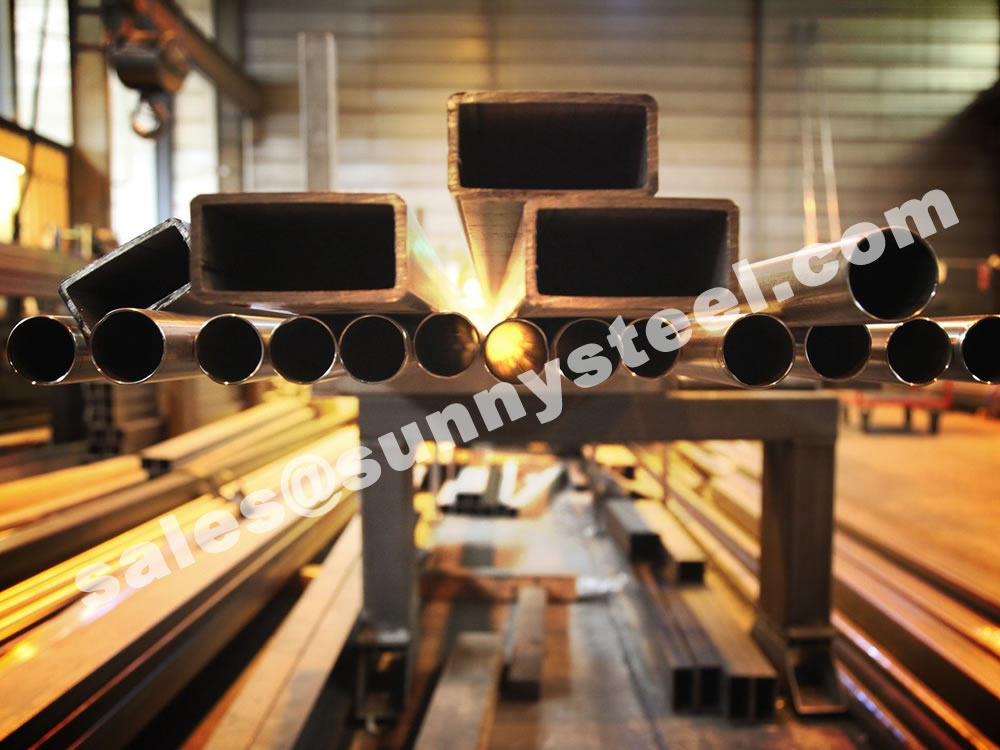What is Low Carbon Steel?
Low carbon steel contains the least amount of carbon in the carbon steel family, usually limited to 0.30% or lower. This minimal carbon content gives the steel its mild nature, hence its other common name, mild steel. Due to its low carbon content, mild steel is softer and easier to manipulate compared to higher carbon steels, which makes it well-suited for mass production and various fabrication processes.
Properties of Low Carbon Steel
Low carbon steel offers unique characteristics that set it apart from other carbon steels:
- High Ductility: This allows it to be stretched or formed into various shapes without breaking, which is especially useful for applications that require bending or rolling.
- Moderate Strength: Although not as strong as high-carbon steels, its strength can be enhanced through techniques like carburizing, which adds surface hardness.
- Excellent Weldability: The low carbon content makes it easy to weld, providing secure and reliable joints.
- Affordability: As it is less costly to produce, low carbon steel is an economically feasible option for large-scale manufacturing.
Carburizing and Strengthening
While low carbon steel is generally soft, its surface hardness can be improved through a process known as carburizing. Carburizing involves heating the steel in the presence of a carbon-rich atmosphere, which adds carbon to the surface. This results in a harder surface layer, making the steel more resistant to wear and increasing its load-bearing capabilities.
Common Grades of Low Carbon Steel
- ASTM A36: Known for its excellent weldability, strength, and versatility in structural applications.
- ASTM A572 Grades 42 & 50: These are high-strength, low-alloy grades with enhanced strength-to-weight ratios, used in construction.
- ASTM A830-1020: A versatile and machinable grade used in applications needing easy fabrication.
Applications of Low Carbon Steel
Low carbon steel’s combination of low cost, ease of manufacture, and adaptability makes it a common choice for numerous products and industries:
- Metal Sheets and Coils: Used in automotive panels, body parts, and building materials.
- Reinforcing Bars (Rebar): Used in construction to reinforce concrete, benefiting from its easy workability and strength.
- Screws and Fasteners: Mild steel’s machinability and affordability make it perfect for mass-produced components.
- Pipes and Tubes: Commonly used in low-pressure piping systems and in structural frameworks.
- Kitchen Appliances: Frequently found in stainless steel kitchen items due to its low-cost fabrication and durability.
Benefits of Low Carbon Steel
- Cost-Effective: Its ease of manufacturing keeps production costs low, making it ideal for high-volume applications.
- Versatile: Suitable for numerous applications across a variety of industries.
- Easy to Machine and Weld: The low carbon content allows for easy machining and welding, providing strength in various structural and support roles.
- Corrosion Resistant (in alloyed form): With added chromium or nickel, low carbon steel becomes stainless, further extending its applications to food and medical industries.
Low-carbon steels contain up to 0.30% carbon. A majority of this class of steel is flat-rolled products like sheet or strip; usually they are in a cold-rolled and annealed condition. These steels have high formability as they contain very low carbon, usually less than 0.10% C, with up to 0.4% Mn.
Low carbon steel is a type of steel that has small carbon content, typically in the range of 0.05% to 0.3%. Its reduced carbon content makes it more malleable and ductile than other steel types. Low carbon steel is also known as mild steel. Low carbon steel is one of the most common types of steel.
Hot rolled is relative to the terms of the cold-rolled, cold-rolled is in the recrystallization temperature below the rolling, and the hot rolling is carried out at above the recrystallization temperature rolling.
Advantages
hot rolled can damage the cast microstructure of the steel ingot, refinement of the crystal grains of the steel, and eliminate the defects of the microstructure, so that the the steel organization compacting, improve the mechanical properties.
This improvement is reflected in the rolling direction, so that the steel is no longer to a certain extent isotropic; pouring the formation of bubbles, cracks, and osteoporosis, under high temperature and pressure can also be welded together.
Low carbon steel has the characteristics of short tempering time, softness, stamping resistance and ductility. It easily accepts for various processing such as forging welding and cutting. It is commonly used in the manufacturer of steel bar, stamping parts, chains, rivets, bolts, wire, etc.
Disadvantages
- After the hot rolling, the nonmetallic inclusions in the interior of a steel (mainly sulfides and oxides, as well as the silicate) was pressed into a sheet, stratified (laminated) phenomenon appears. The layering of the steel in the thickness direction by the pull performance deteriorated significantly, and may appear in the weld shrinkage interlayer tear. Weld shrinkage induced local strain often reach several times the yield point strain, the strain is much greater than the load caused;
- Residual stress caused by uneven cooling. The residual stress is the stress of internal self-phase equilibrium in the absence of external force, the hot-rolled steel of various cross-sectional has a residual stress such Usually steel sectional dimension is the greater, the greater the residual stresses. Residual stress is self-phase equilibrium, but the steel members in the performance external force or have a certain influence. Such as deformation, stability, anti-fatigue may adversely.
- Hot-rolled steel products, poor control of thickness and edge width. We are familiar with the thermal expansion and contraction, even if the beginning of the hot-rolled out are standard length, thickness, or there will be some negative final after cooling, this negative differential edge width wider the increasing thickness of the performance of the more obvious. So for large steel for steel edge width, thickness, length, angle, and sideline no law requires too precise. Hot-rolled steel general steel, low and medium pressure boiler pipe, high pressure boiler pipes, steel pipes, stainless steel pipe, oil cracking pipe, geological steel pipes and other steel pipe.


